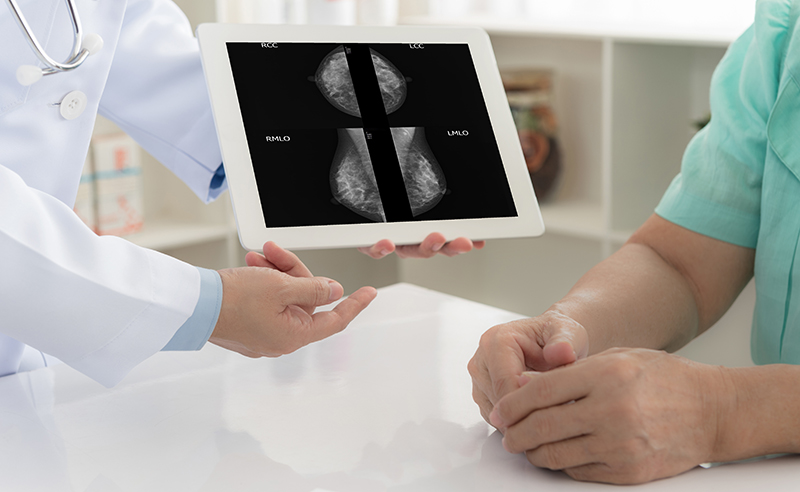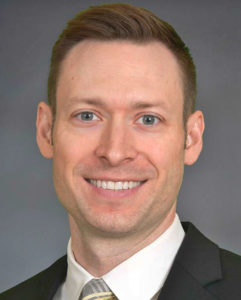
A mammogram is an x-ray picture of the breast.
Mammograms can be 2D or 3D and can be used to detect breast cancer in women who have no signs or symptoms of the disease. This type of mammogram is called a screening mammogram.
2D, otherwise known as traditional digital mammography takes two-dimensional pictures of the breast and is still one of the most advanced tools available for detecting breast abnormalities. With 2D mammography, the radiologist views the breast tissue in a flat image, like looking at the cover of a book.
3D mammography, also known as digital breast tomosynthesis, is a revolutionary new imaging tool allowing our radiologists to examine breast tissue one thin layer at a time, in a sense traveling through the structure of the breast like flipping through pages of a book. Fine details are more visible and are less likely to be hidden by overlapping tissue.
How does 3D work?
A 3D mammogram is performed in conjunction with, or as a replacement of, the traditional 2D exam. The x-ray machine makes a small sweeping arc over the breast, lasting only a couple more seconds than a traditional scan. The result is a series of images that gives a more complete picture of breast health.
The latest 3D mammography equipment is FDA approved for generating synthetic 2D images from the 3D data. This allows evaluation of the 3D and synthetic 2D images, thereby reducing the total radiation dose to a rate similar to 2D digital mammography alone.
What are the top benefits of 3D mammography?
- Provides greater clarity and detail
- Improves breast cancer detection by 27 to 50 percent
- Detects breast cancer at the earliest possible stage when it’s most treatable
- Reduces callbacks for additional images as well as the need for additional imaging exams
- Appropriate for women of all breast densities
Valley Medical Center offers comprehensive breast care services at two convenient locations in Renton and Covington. For more information, visit valleymed.org/breastcenter.

Shane Rassman, DO, is a radiologist in Valley’s Breast Center.

